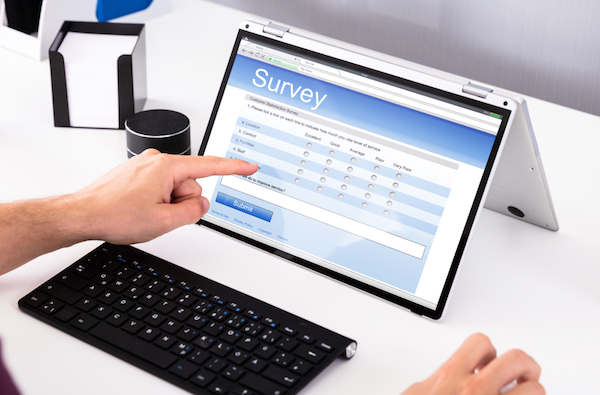[ad_1]

In 2017, the Economist revealed that the world’s most valuable asset was no longer oil; instead, it was data. There’s no denying it; in modern society data, data is king. Facebook alone reportedly has about 50,000 data points per user. A data point refers to any piece of information. What city you live in is a data point. Your age is a data point. Whether you rent or own is a data point. The list is seemingly endless. Businesses use these data points to show you relevant ads and increase their chances of converting customers.
However, privacy laws are being much more stringent as consumers gain awareness about the current state of surveillance. Because of this, it’s important that as a business, you ride a fine line between collecting data and protecting your customer. There are good and bad sides to data collection. For example, while biometric security is a great way to improve user safety, it also requires users to give up more of their personal data.
As a responsible business owner, the key lies in finding a strong balance. When done correctly, you can compete against other businesses by leveraging what you know about your customers.
With that in mind, here’s what you need to know about collecting data the right way:
Communicate.
To stay in good graces with your customers, it’s important for you to communicate how you’ll use data. Already, businesses are required to let their website visitors know when they’re using cookies to track customer behavior. But you can take your communication efforts a step further. For instance, if you want to know your customer’s location, let them know why. Perhaps you want to send them deals if they’re in close proximity to your store. If you want to know their birthday, ask them why.
Perhaps you want to send special deals or freebies when it’s a customer’s birthday. Customers will appreciate transparency — a trait that is even more important today than ever. If you remain open with your customers about how you’re using data, they are more likely to share details.
Contests.
Gamification is big in modern commerce. Many brands host contests to increase engagement with current and potential customers. However, it’s also a great way to collect data. Offering rewards and incentives is a great way to incentivize users to hand over personal details. For example, to enter a contest, you might require a participant to fill out a survey or submit their email and phone number.
Have a Clear Privacy Policy.
Every business needs to have a privacy policy. Your privacy policy should detail how you collect data and what you intend to do with it. While most people don’t read a company’s privacy policy, it acts as a huge insurance policy against any potential issues in the future. Your policy should be easily accessible in your website, app, and/or social media platforms.
Your policy should also include details on whether you share user data with third parties. Check out different versions of policies online to gain more insight into how other businesses are crafting their own policies. You can use a policy generator to create quick, customized policies if you don’t have one.
Maintain Your Metrics.
Transaction records and various other metrics are a great way to collect data. For example, let’s say you own a brick and mortar store. Each transaction describes an event and has several numerical attachments to it. Transaction records provide ample data that you can use without invading privacy. For instance, as a coffee shop owner, you might learn that matcha is typically purchased during specific afternoon hours. You can use this data to create new pricing and marketing strategies as you grow.
Similarly, you can use website metrics to track even the most basic data on a collection of users. From a high level, you can learn where your customers are coming from (Google search engine or social media platforms) and how long they’re staying on certain pages. You can use this data to make better changes to your website. For instance, if you notice that one page in particular has a high bounce rate, you can then re-work the page by improving design, navigation, or content.
[ad_2]
Source link